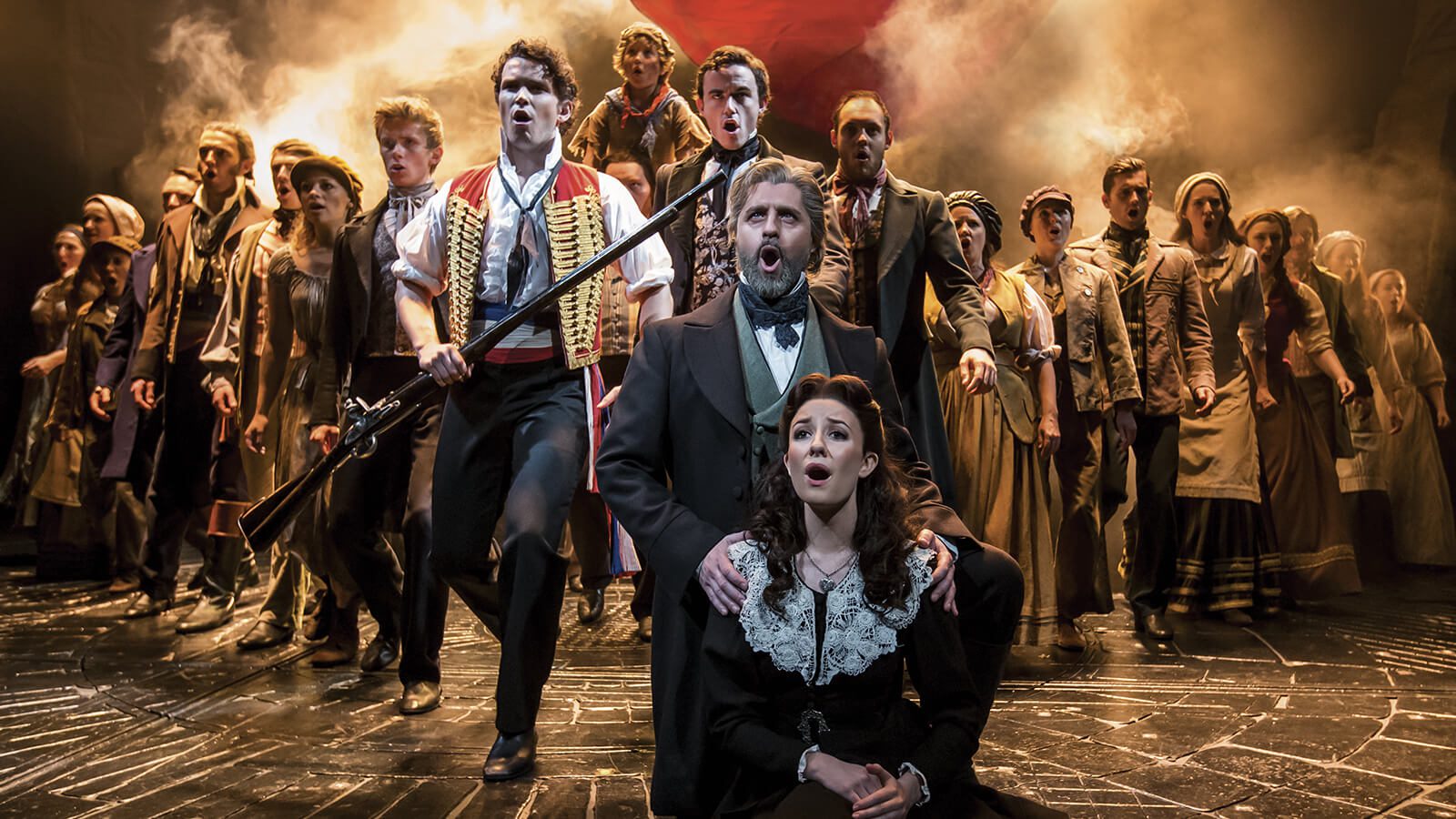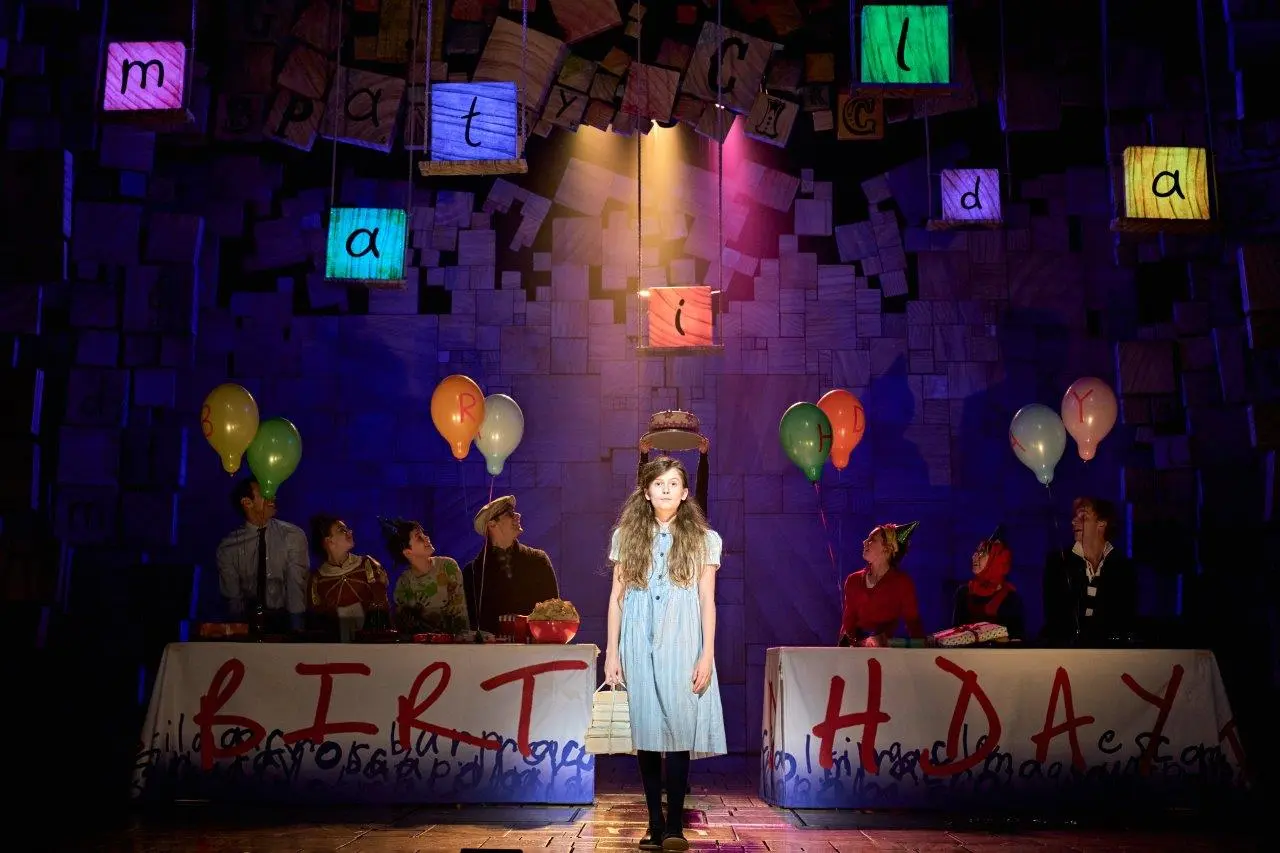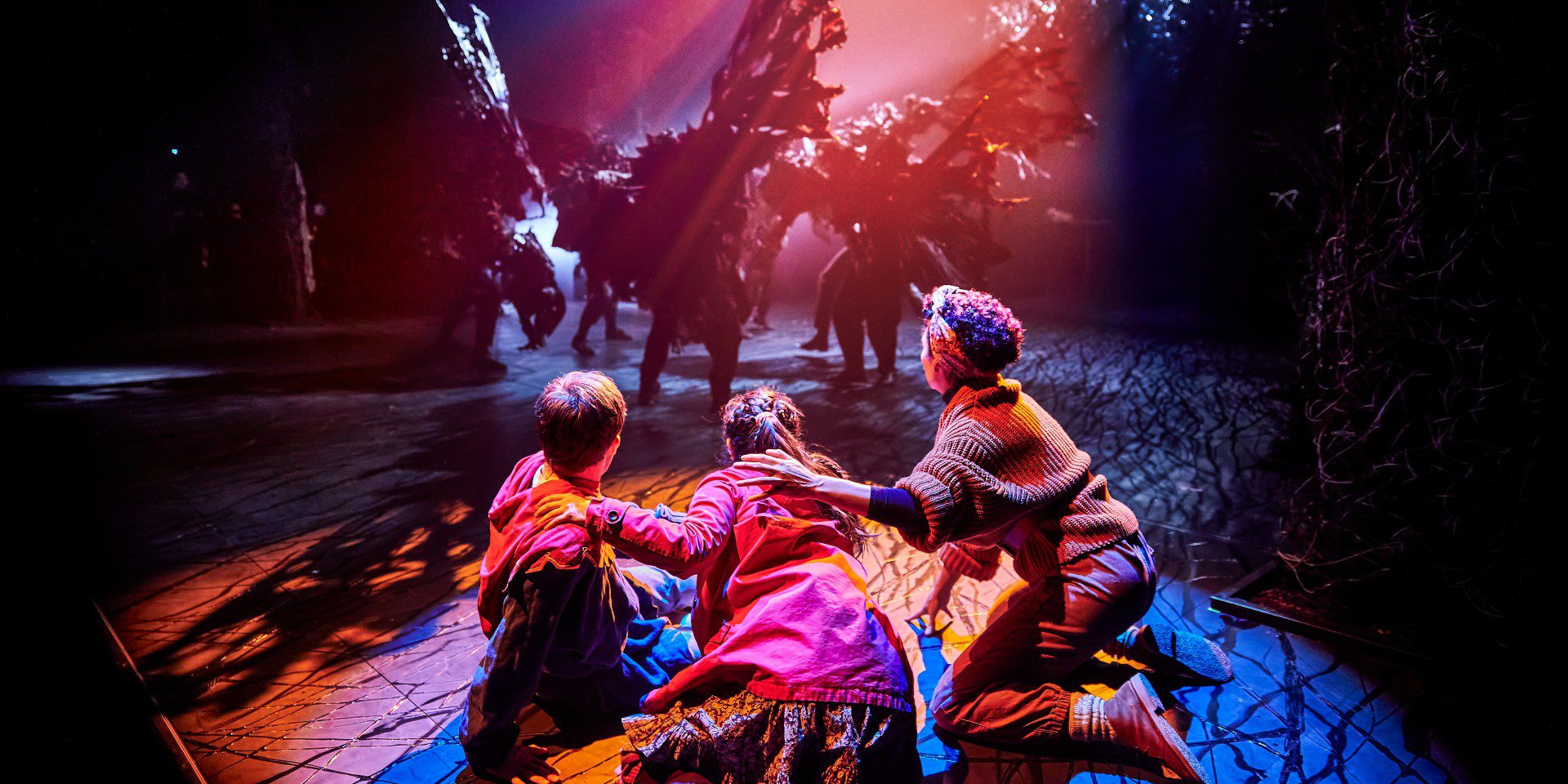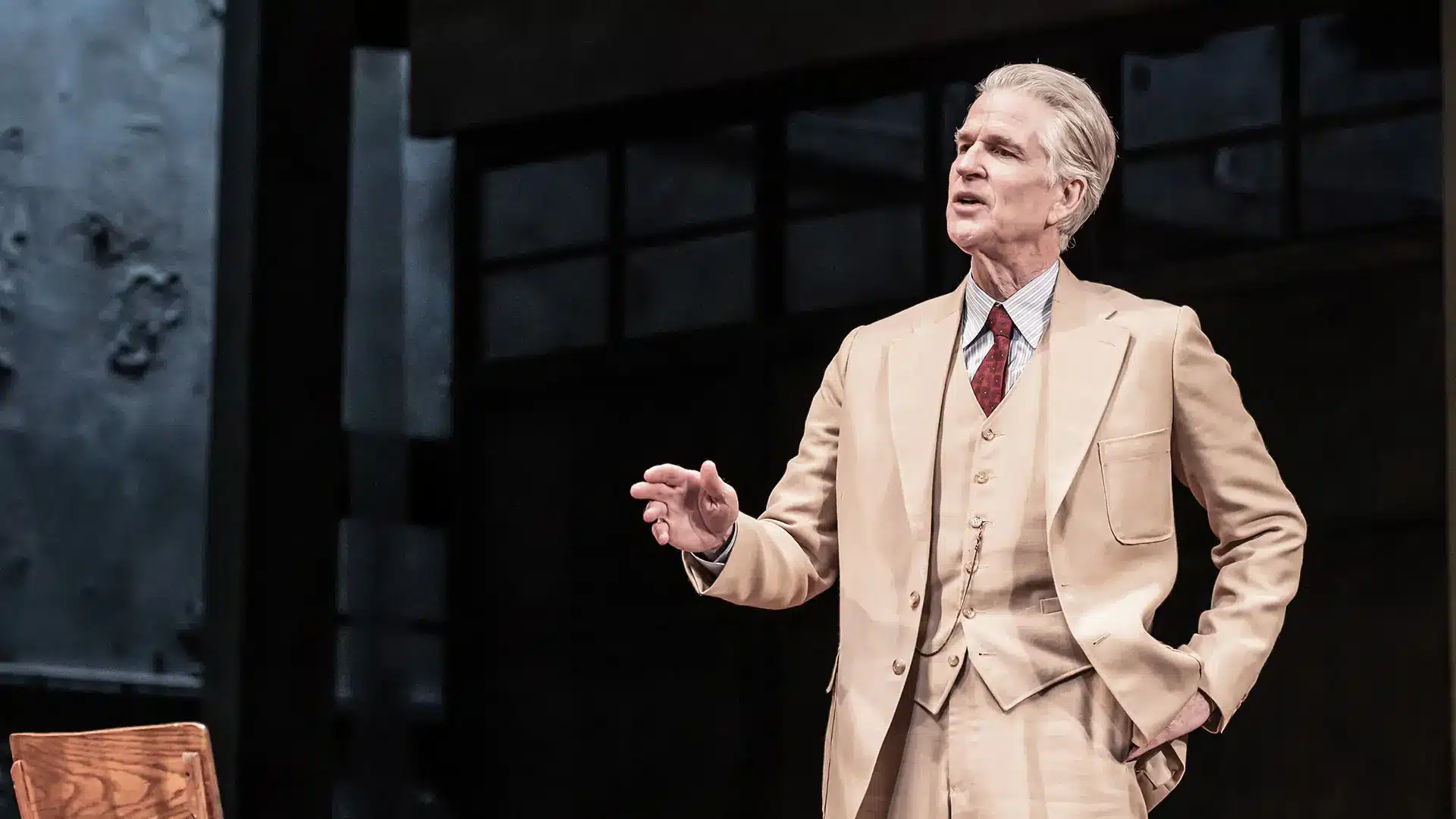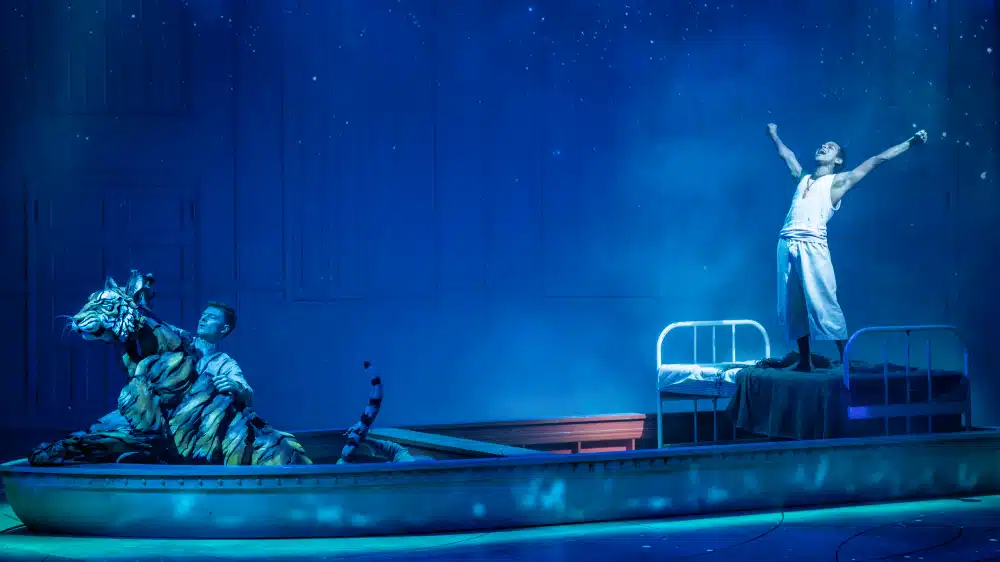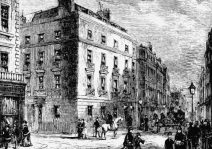Adapting Literary Classics For The West End.
By Alex Kingston
Monday 25th September 2023
When crafting a West End show, writers draw inspiration from a diverse array of different sources. Whether it’s a blockbuster movie or a pivotal historical event, most productions trace their roots back to a pre-existing concept. Yet, one approach that stands out above the rest is the adaptation of a beloved literary classic. The art of transforming the written word into a captivating stage performance is undeniably challenging, but several playwrights have excelled in this endeavour. Consequently, literary classics have bestowed on us some of the most unforgettable West End shows in recent memory.
The Art of Adaptation: Challenges and Considerations
While often rewarding, the process of adapting a literary classic has several challenges to it. Audiences will often have cherished memories of their favourite books, so it is up to the creative team to try and meet those expectations. They must simultaneously recreate the magic of the original novel, while still adhering to what is feasibly possible within the constraints of a single stage.
Among the main challenges is the issue of brevity. As avid readers will know, a book will often take hours to devour. In fact, it is said that the average reader will spend over thirty-seven hours reading Tolstoy’s War and Peace! Despite this, the average West End show is only two and a half hours. As a result, it is the duty of the playwright to condense an entire novel into this time, while still maintaining the intricacies of the story and extensive character development.
Musicals Vs. Plays
One of the ways in which a creative team may put their own spin on a literary classic is by turning it into a musical. Music has a unique ability to stir strong emotion in a way that surpasses spoken word. As a consequence, the addition of a musical score becomes a powerful tool for conveying complex emotions and enhancing the narrative.
There are some instances however where a novel proves ill-suited for the musical format, often due to fears that piece will lose depth or nuance. As a result, there are many successful adaptations of literary classics which instead opt for a straight play. This approach remains equally valid, emphasising a dialogue-driven experience that can be profoundly captivating.
Les Misérables
Perhaps the most famous example of a literary classic being adapted for the stage is Les Misérables, which is the longest-running musical in West End history. Les Misérables was a French historical novel first published in 1862 and is often considered one of the greatest books of all time. As a result of its fame, putting it on the stage proved to be a rather lengthy task.
Lyricist Alan Boublil was first inspired to write the piece after watching a production of Oliver in London, yet another musical based off of a book. Recognising the transformative power of an original score in storytelling, he assembled a writing team and began crafting the show. The writing process was a lengthy endeavour, with the concept album alone taking two years to complete. Fortunately, the hard work ultimately paid off. The aforementioned concept album eventually caught the attention of West End producer Cameron Mackintosh, and the rest, as they say, is history!
Matilda
As many will know, Matilda was a much-loved children’s novel, first published in 1988. When Roald Dahl first wrote it, however, it is probable that he had no idea his book would go on to inspire one of the most successful West End musicals of all time.
Composer Tim Minchin said the key to adapting the novel was to ensure that the musical would adhere to the original tone of the source material. He was determined to maintain Roald Dahl’s distinct sense of humour and set out to write a musical that stood apart from other family shows.
Matilda was originally intended to be no more than a Christmas show in Stratford-upon-Avon, but it ultimately became so much more. It subsequently transferred to the West End, where it broke the record for the most Olivier Awards ever won by a single production. The show has continued to flourish and will soon celebrate its twelfth anniversary.
The Ocean at the End of the Lane
Moving away from musicals, The Ocean at the End of the Lane is a great example of a literary classic which found its home in the format of a straight play. This novel was published by British author Neil Gaiman in 2013, and it instantly garnered rave reviews. It was even voted Book of Year in the British National Book Awards, meaning the play had a lot to live up to.
Just three years after the original book was published, writer Joel Horwood approached Gaiman to ask if he would be willing to let him adapt the book into a play. After being given the greenlight, the creative team spent years perfecting the show. They did workshops, table-reads, and then after three years had passed, they were finally in the rehearsal room. Gaiman was so emotionally moved by what the creative team achieved that he was moved to tears by the final product.
The show was a major success and is set to make a triumphant return to the West End this October for a limited run, showcasing its enduring popularity.
To Kill a Mockingbird
Last, but certainly no means least, To Kill a Mockingbird is often viewed as one of the most influential books of the 20th Century. The book was revolutionary at the time of publication, confronting important subject matters that had previously gone unaddressed in mainstream literature.
The book was adapted for the stage in 2018 by playwright Aaron Sorkin, who many will know for having been the writer-creator of The West Wing. When first approached with the project, Sorkin was initially hesitant. He understood the profound attachment many held for this beloved novel, recognizing the weight of the task at hand. He ultimately decided in favour of doing it, realising that the project had great potential.
In line with all great adaptations, Sorkin recognised that the story would need certain updates. Though the book was about racial inequality, there had been some criticisms regarding the side-lining of black characters. In response, Sorkin expanded the roles of two racial minority characters, placing them at the centre of the narrative. This revitalised the piece, offering the audience a fresh perspective on the narrative that they may not have previously considered.
Elevating the Source Material on Stage
One of the main strengths of the page-to-stage adaptation is the way in which theatre has the power to elevate certain elements of the source material. While we may use our imaginations when reading a book to envision the surroundings, there’s nothing quite like seeing it live onstage with lavish sets and extravagant costumes.
This was particularly prevalent in the recent production of Life of Pi, which received numerous awards for its jaw-dropping set design. The narrative incorporates different types of animals into its story, so it was up to the creative team to try and take these creatures off the page and put them on the stage. They ultimately achieved this with masterful puppetry, conveying a like-like tiger live onstage.
Indeed, an expansive scenic design incorporating puppetry is just one of the many ways a creative team can elevate the original source material, transforming it into something even more remarkable than before.
Concluding Thoughts
As evidenced throughout, using literary classics to create theatre is a time-old tradition that shows no signs of slowing down. It is an extremely effective way of introducing classic literature to new generations. Alternatively, some may also view it as a great of getting book lovers to the theatre, thus broadening the appeal of going to see a West End show.
In the ever-changing world of West End theatre, the enchanting legacy of literary classics continues to shine bright.

